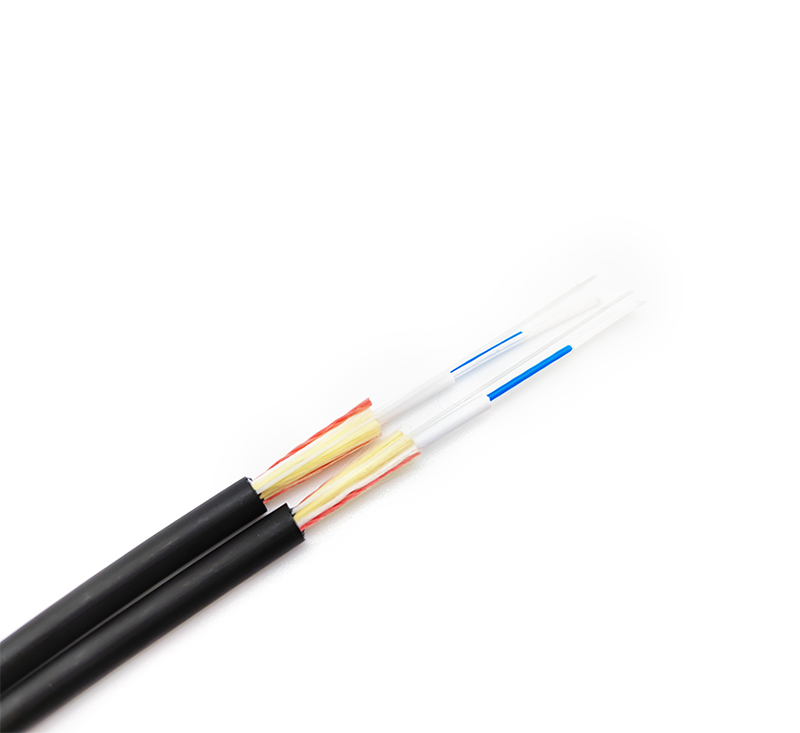Before understanding the difference between fiber optic cable and cable, let's first understand what is fiber optic cable and what is cable, namely: fiber optic cable is a kind of fiber optic cable consisting of two or more glass or plastic fiber optic cores, which are located in a protective cladding Inside, a communication cable covered by a plastic PVC outer sleeve; while a cable is made of one or more mutually insulated conductors and an outer insulating protective layer, the conductors that transmit power or information from one place to another.

From the meaning of optical cable and cable, we can see the difference between them, mainly in three aspects: material, transmission (principle, signal and speed) and use, specifically:
1. In terms of materials, optical fiber cables are composed of two or more glass or plastic optical fiber cores, while ordinary cables are made of metal materials (mostly copper, aluminum) as conductors.
2. Signal transmission and transmission speed: The cable transmits electrical signals; the optical fiber transmits optical signals, and the optical path propagation of the optical cable is multi-path propagation. The optical signal of the optical cable is much faster than the electrical signal of the ordinary cable. The fastest speed of commercial single laser transmitter single fiber cable network connection in the world is 100GB per second. Therefore, the more signals that pass through, the greater the amount of information transmitted; at the same time, the bandwidth of fiber optic transmission greatly exceeds copper cables, Moreover, it supports a connection distance of more than two kilometers, which is an inevitable choice for building a larger-scale network.
3. Transmission principle: Usually, the transmitting device at one end of the optical fiber uses a light-emitting diode or a laser to transmit the light pulse to the optical fiber, and the receiving device at the other end of the optical fiber detects the pulse using a photosensitive element.
4. Scope of application: Compared with ordinary cables, optical cables are more expensive due to their advantages of good anti-electromagnetic interference, strong confidentiality, high speed and large transmission capacity. Data transmission; and cables are mostly used for energy transmission and low-end data information transmission (such as telephone), and the application range is wider.










